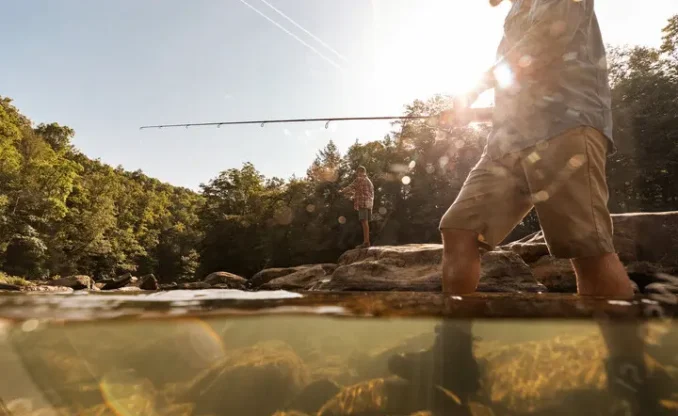Studies show that gardening and spending time outside is calming and good for your health. But did you know that planting a pollinator garden is a great way to help the environment? Whether you own a bunch of land, have a small backyard or want to start a neighborhood garden, planting flowers and shrubs creates habit for butterflies, other pollinators and songbirds.
So, do yourself and our animal friends a favor and plant a garden. It’s not too late in the spring to start, so here’s a few tips to help get you get into this rewarding and relaxing hobby.
Know what native plants attract wildlife
Before you stick your trowel in the soil and get your hands dirty, you should do a little bit of research. You’ll want to find plants and flowers that provide food for all stages of the pollinator’s lifecycle. For instance, you need to plant milkweed if you want to attract monarch butterflies. Some birds enjoy berry-producing plants, such as honeysuckle and blackberry bushes.
It’s also best to plant native plants, which provide better nutrition for native wildlife. Native plant species also support native insects, which are the preferred snack of many songbirds during the summer. You can buy seeds for native plants from an online nursery.
Click here to download a list of nectar and pollen plants to consider.
Garden naturally
Millions of butterflies and other pollinators die each year because of insecticides. One commonly used class of insecticide is systemic insecticides. Chemicals from these insecticides get absorbed by the plant and often kill anything that eats it, including pollen and nectar.
While you want to protect your garden from getting destroyed, pesticides can be counterintuitive if you want to provide food for butterflies, birds and other pollinators. Beware of products that say they protect plants for months or all season. They are likely systemic.
If you need to protect your garden from bugs, use natural products. But make sure you read the label because even natural pesticides kill pollinators.
Make time for gardening
As with any hobby, you get out of it what you put in. While not as demanding as some pastimes, gardening for wildlife can take several hours of your time each week during the spring and fall and occasionally during the summer. And more time will be spent if you’re starting a new garden than if you’re caring for an established one.
So, make sure you plant what you can manage. Annuals will bloom soon after you plant them and are fairly simple to care for. Perennials will take time to become established and start blooming, but if they survive winters, they’ll come back year after year. Either way, having a healthy garden requires regular weeding and clearing out dead material.

Involve your family
Gardening is a great way to enjoy quality time with your family, introduce your kids to the flora and fauna of West Virginia and teach them about the importance of butterflies and other insects.
If you want to learn more about pollinator gardening and conservation, visit www.wvdnr.gov/Wildlife/Landscape.shtm. You can also contact our pollinator project leader, Susan Olcott, at susan.p.olcott@wv.gov. For information about general backyard wildlife habitat enhancement, contact Jim Fregonara at jim.m.fregonara@wv.gov.







